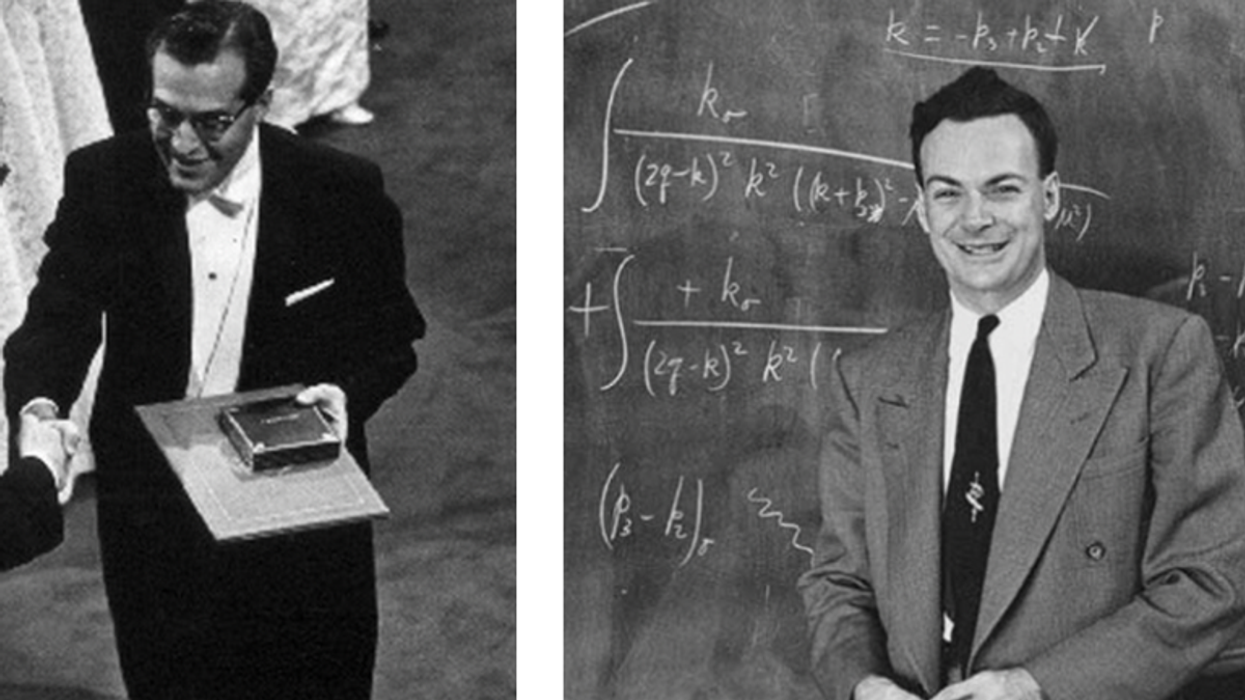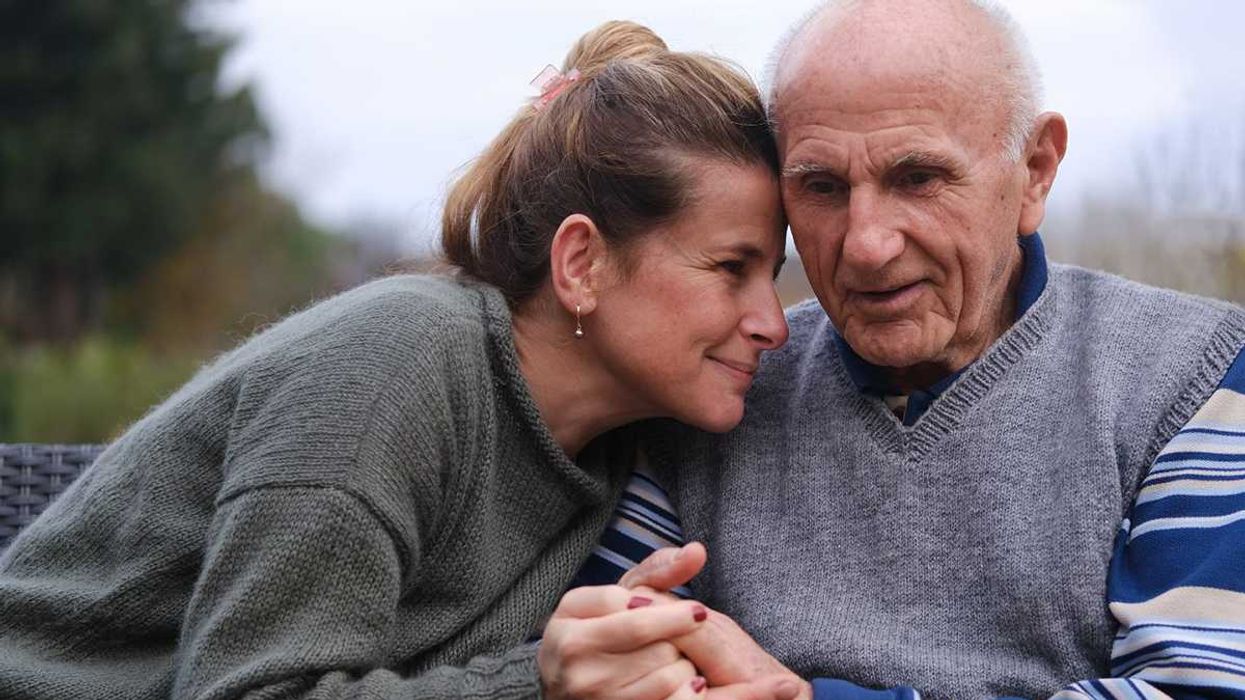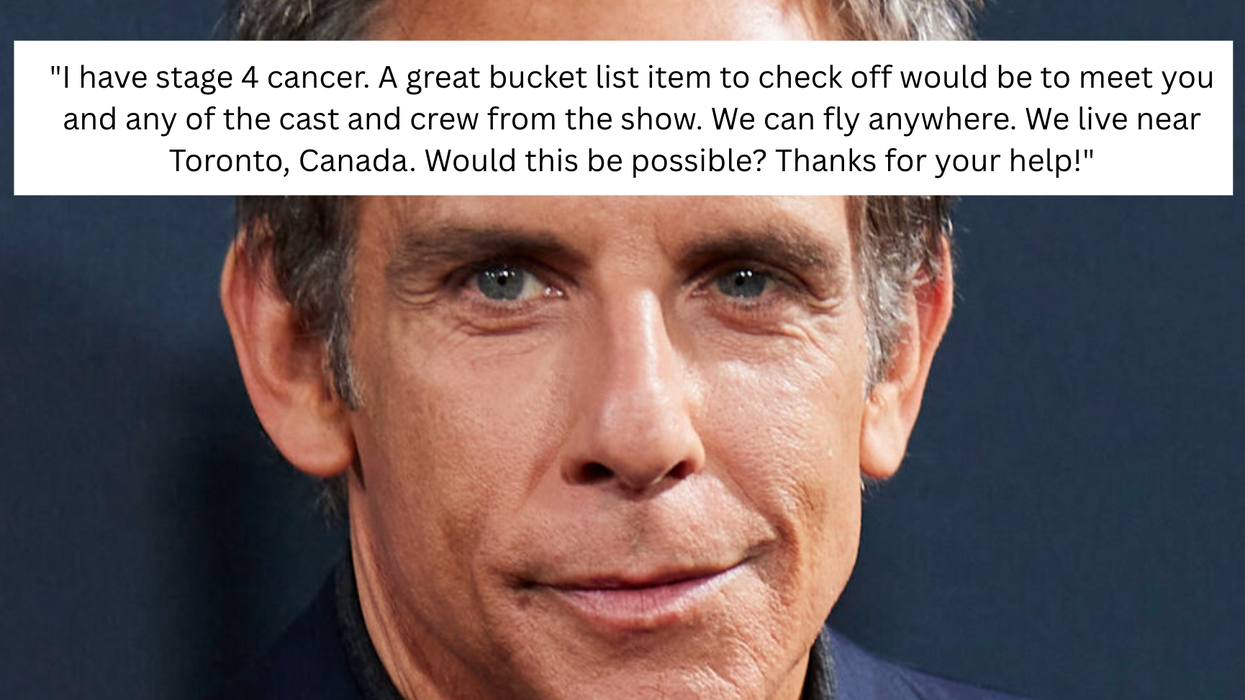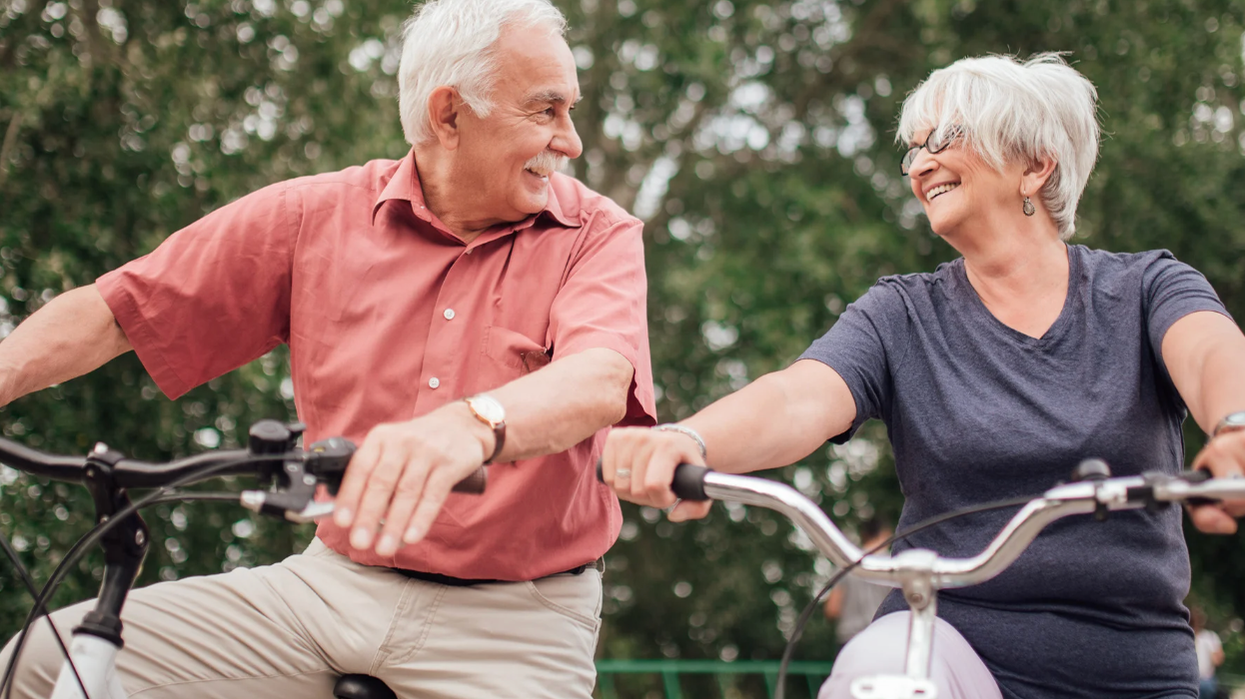It’s ok, we’re all terrible at this. Science says we’re just no good at choosing the best lines in stores. Thankfully, there’s help available.
Wondering how to cut down the painfully slow time you spend in line at the grocery store? Look no further: here are the top strategies for cutting down on your wait time, according to scientists that have studied the issue.
The New York Times spoke with experts who offered a number of strategies for cutting down on the supermarket shuffle and also proposed a few suggestions that stores (and customers) could implement to make the process run more smoothly for everyone involved.
One major supermarket chain, Kroger, has already reported great success implementing it’s “QUE Vision,” an electronic notification board that lets shoppers know which lanes are open and which occupied ones are moving quickly. They say the system has cut the average wait time down dramatically, from more than 3 minutes to around 30 seconds.
But if you don’t have a Kroger store nearby with QUE Vision, can’t afford a home delivery grocery service, or simply prefer to shop elsewhere, here are the highlights from that helpful New York Times investigation:
Get Behind A Person With A Full Cart
Wait, what? Chief Desmos academic analyst Dan Meyer tells the paper that it takes an average of 41 seconds to process each person. Getting through the actual items is the easy part. In other words, it will take less time to stand behind 1-2 full carts than 5-6 baskets with less items. “Every person requires a fixed amount of time to say hello, pay, say goodbye and clear out of the lane,” Mayer said.
Choose An Aisle On The Left
Left-handed people have a secret advantage. Most people are right handed and tend to pick aisles in that direction. So, next time consider making the “right” move by changing lanes.
Pick A Female Cashier
Well, this is either incredibly stereotypical or a testament to the superior skills of women everywhere but one expert says on average, women just tend to get customers in and out of the line more quickly than their male counterparts. “This may seem sexist, but I prefer female cashiers,” said Robert Samuel, whose company Same Ole Line Dudes gets paid to wait in lines for more fortunate and less patient clients. “In my experience they seem to be the most expedient at register transactions and processing.”
It’s True, Older Customers Tend To Be Slower
Beacon college professor A. J. Marsden says older customers tend to take a bit longer. But before you call us (or Marsden) ageist, we’re going with the explanation that it’s because they’re just so much wiser than their less experienced fellow human travelers.
The Times offers a few more helpful tips, such as avoiding lines where people are buying a bunch of smaller, delicate items like fruits and vegetables and to avoid lines with structural challenges like veering around corners. Read the whole thing and the next time you head off to buy groceries do so with the confidence that you’ll be in and out in no time.


















 The Emergency Department.Photo credit:
The Emergency Department.Photo credit:  Little girl with a splinter.Photo credit:
Little girl with a splinter.Photo credit:  Woman on phone after car accident.Photo credit:
Woman on phone after car accident.Photo credit: 

 A hotel clerk greets a guestCanva
A hotel clerk greets a guestCanva Gif of Faye Dunaway' as Joan Crawford demanding respect via
Gif of Faye Dunaway' as Joan Crawford demanding respect via  An empty rooftopCanva
An empty rooftopCanva
 A road near equatorial Atlantic OceanCanva
A road near equatorial Atlantic OceanCanva Waves crash against rocksCanva
Waves crash against rocksCanva

 Two people study a mapCanva
Two people study a mapCanva Foggy Chinese villageCanva
Foggy Chinese villageCanva